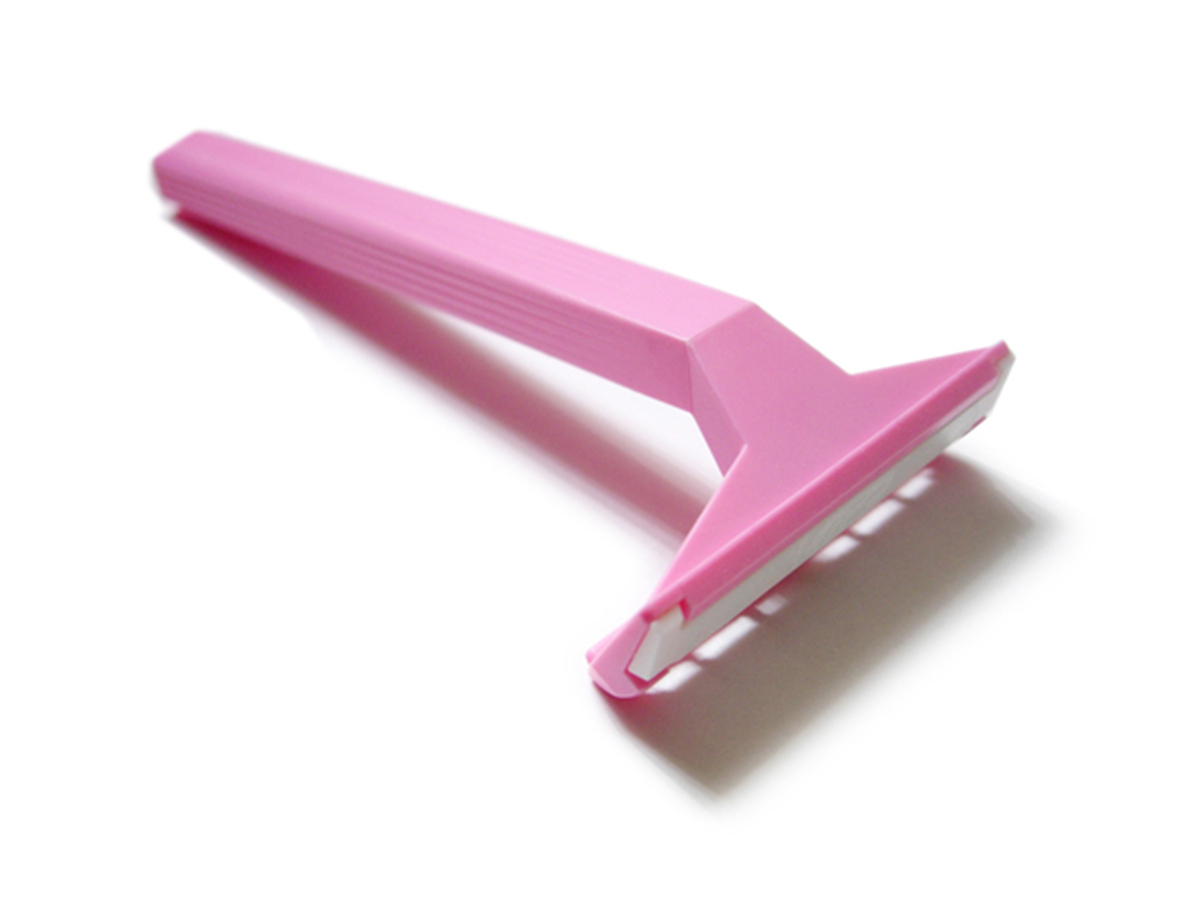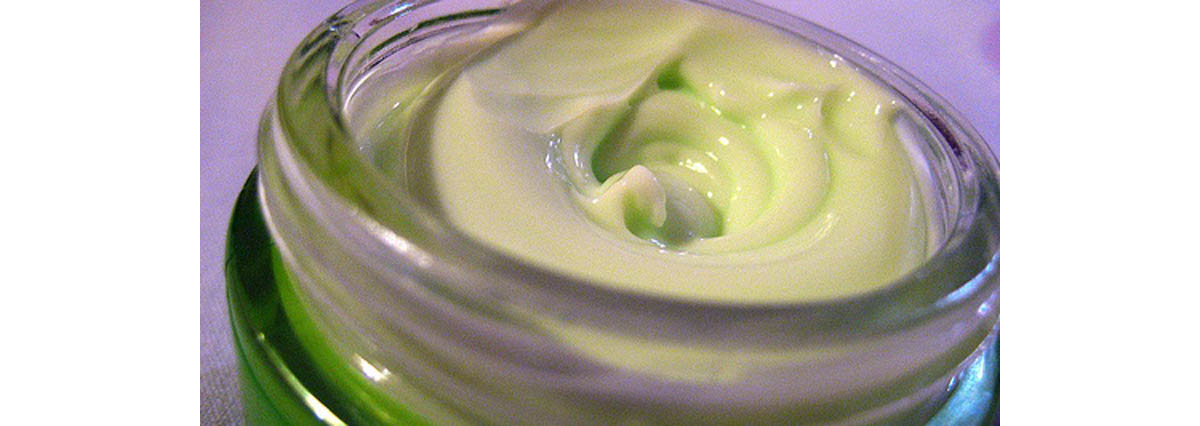When it comes to skin in general, winter is an absolute nightmare. Some consensus can read that the sun is harmful for your skin and, if not regulated, then sure, that’s true. But the winter months can do just as much short-term damage to your skin if you don’t keep an eye out for the telltale signs. The cold air of winter can dry out your skin to a point where it becomes painful and cracked. Something else that can severely damage your skin across the winter months is shaving. The harsh and often extreme condition during January and February means that you will need to change your shaving routine to fit in with the winter months.
What Does Winter Do to Your Skin
It makes sense to believe that the sunshine during the summer months would dry out your skin. This, however, isn’t the case. When the sun comes out, we start to sweat which means our skin actually becomes less dry. Yet when it is winter, and cold, the chill in the air dries our skin without being able to fall back on sweating to act as a natural moisturizer. That’s why skin conditions such as eczema can often hurt a lot more in the winter. But what does this have to do with shaving? How can it affect you in the long run?

Shaving and Skin Irritation
You can get irritated skin when shaving at the best of times. But when the cold air is hurting you in the winter, the added strain on your skin from shaving can cause redness, sores, and rashes. The dryer your skin when shaving, the less lubrication you have to aid smoother, softer shaving. The way gel and foam works when shaving is similar to having less dry skin. You’re not fighting a tough, brittle layer of skin if you use gel because it moisturizes as you shave the surface of your skin and then soothes it at the same time.
What Products Should You Use When Shaving?
There are a bunch of different products you could use when shaving. Whether you’re a male and you’re shaving your face, or a female and shaving your legs, choosing which product to use in winter can save you a boat-load of pain. Using an exfoliating cream regularly will help your skin become smoother and less chapped during the winter months. This, in itself, will aid shaving because there’s less aggravation and friction against your skin from there on. During the shave, you should always use a gel or a foam, never dry shave. Even though people sometimes shave dry, this isn’t a great idea, especially during winter. Finding a gel with natural ingredients such as mint will allow any sores or aggravation to subside with a natural remedy, which is always the best way forward. If you want extra protection, you can use a post-shaving cream that will cool and heal any soreness or shaving rashes.
Tips for Dried Out Skin When Shaving
Don’t Shower for Too Long
I know we spent a lot of time earlier advising you to be careful, for the winter dries your skin, and now we’re going to tell you to take shorter showers but it makes sense! Your skin is waterproof, and having a steaming hot shower for a long period will certainly dry your skin more, furthering the chance that you will damage your skin. Have you ever noticed that after spending a while in the shower your skin can go flaky, dry and rough? It’s the exact same reason your skin gets wrinkly after a long bath. Don’t dry yourself out before shaving.
Dab Your Skin with A Warm Towel
We’re totally sending mixed signals here, but if you soak a bathroom towel in warm water and dab the area where you’re shaving beforehand, it opens up the pores and allows for an easier shave. Don’t use really hot water, make sure this is merely warm. You should find yourself with an easier, freer shave which hurts your dry skin less.

Keep Your Razor Sharp
This is a tip for shaving in general, but if you’re trying to shave dry skin with a dud razor, it will only end up causing you even more damage. You should either make sure you’re purchasing a new razor on the regular, or sharpening the blades. You can do this easily on a pair of old jeans. Simply run your razor down a leg of an old pair of jeans a few times to improve the sharpness, and you will know the difference when shaving. Using a dull razor makes wet shaving feel like dry shaving, and instead of cutting the hair, it will pull and drag on it, causing razor burn: additional pain and aggravation. Also, try to avoid using plastic razors instead of larger, more expensive branded goods. The plastic razors are cheaper, but they’re also poorer quality and will not last as long.
Shave in The Right Direction
As your skin gets drier, you need to make sure that you do as much as possible to avoid pain during shaving. Pay attention to the following shaving tips. Making sure you’re following the direction of the hair when shaving might be a little less effective, but it will also mean less pain. Instead of being lazy and shaving over once against the grain for a cleaner shave, go over the same area a few times and relieve yourself of some of the extra pain. This, in conjunction with a sharp razor, should leave you smooth and pain-free.
You can use some of the tips above all year round, but employing these during winter will help you avoid damaging your skin and causing you some major discomfort. Our biggest tip would be to watch you aren’t unnecessarily drying out your skin by making your bathing routine extra-hot. Using some top-grade moisturizer regularly will also help improve the quality of shave you get as well as leaving your skin fresh and smelling great. Everyone has different skin, but the winter is a harsh mistress, so if you work outside and are regularly exposed to the elements, I would certainly advise you to use more of our tips more regularly.


Your thoughts on this